While binary options might seem appealing due to their simplicity and potential for quick profits, the high risk, prevalence of fraud, limited regulation, and lack of transparency make them a precarious choice for most traders. Exploring other trading opportunities is recommended for those looking to grow their financial portfolios.
Regulatory issues
Many of the regulatory bodies worldwide that are considered top-level when it comes to trader protection have banned brokers from offering binary options to non-professional traders. This means that non-professional traders who wish to do binary options trading are forced to seek out brokers regulated by lower-tier regulators (not famous for having strict trader protection in place) or non-regulated brokers. If you do this, you increase your risk of running into unethical brokers and fraudulent schemes.
It should be noted that in many jurisdictions, e.g. Australia, it is not illegal for a non-professional trader to engage in binary options trading. However, you place yourself in a risky situation by doing so. Brokers are not allowed to offer binary options to traders in Australia, so you will either go with a broker that is willfully breaking the law (and might be willing to break other laws as well) or you are signing up with a broker outside Australia that is either non-regulated or regulated by a less strict regulator. If you are scammed or run into other issues with the broker, the Australian legal system will most likely find it difficult to do much about it if the broker is located abroad in a laissez faire country. When you turn to the license giver in that country to file a complaint against your broker, you might find out exactly why this license giver is so popular among brokers who want a lot of freedom and flexibility in their dealings with non-professional clients.
Of course, there are examples of serious and reputable brokers who are regulated in one of the more flexible countries or states, but the risk of ending up with one of the bad apples increases when you chose to take this route.
Potential for fraud
The binary options market has been plagued by scams and fraudulent platforms. Many unregulated brokers operate without oversight, leading to deceptive practices and significant financial losses for traders. These scams often involve brokers manipulating prices, refusing to credit customer accounts, or not processing withdrawals. Identity theft and credit card scams are also a risk.
Lack of transparency
Binary options trading can lack transparency, with some brokers manipulating prices or offering unclear terms and conditions. This makes it difficult for traders to understand the true risks and potential outcomes of their trades. Additionally, some platforms may not provide adequate information on fees, payout structures, or the mechanics of the trade, leading to uninformed trading decisions.
High risk and volatility
Binary options are highly speculative financial instruments. The all-or-nothing nature of these trades means that if your prediction about the asset’s price movement is incorrect, you will lose your entire investment. The short-term nature of binary options, often with expiries ranging from a few minutes to a few hours, adds to their volatility and risk.
If you buy shares in a company and the share price falls, you can normally sell and recouperate at least a bit of your initial investment. You can even use a stop loss order that will automatically put your shares on the market if the price drops to a certain point. With shares, you also have the option to wait out the situation, hoping that the share price will rise again. With binary options, none of these choices are available. With the classic binary option, you either get paid in full or lose the entire investment when the option expires.
Addiction risk
The fast-paced nature of binary options trading can lead to addictive behavior. The opportunity for quick gains can tempt traders into a cycle of compulsive trading, constantly chasing losses or trying to capitalize on short-term price movements. This can result in significant financial and emotional distress, as traders may engage in risky behaviors in an attempt to recover losses. This is not unique to binary options – it is a risk that you need to be aware of concerning all types of fast-paced trading.
Better alternatives
Considering the high risks and potential for fraud, traders may want to explore other, more secure investment options. Stocks, bonds, mutual funds, and ETFs are examples of well-regulated instruments that you can utilize in jurisdictions that offer sound investor protection. Additionally, these investments typically have lower risk profiles and more transparency than binary options, making them safer choices for most traders.
If you are a non-professional trader that like the fact that binary options can be customized when it comes to time-frame, investment amount and market direction, you might want to take a look at Contracts for Difference (CFDs). The CFD has these characteristics but you will have no problem finding serious authorities and license givers around the world that have not banned brokers from offering CFDs to non-professional traders. CFDs make it easy to speculate on both rising and falling prices (just like with binary options) and you never have to own the underlying asset (just like with binary options). Some of the concerns regarding binary options are present with CFDs too, e.g. the possibility to find very short-term contracts.
Note: Most brokers that offer CFDs also offer leverage, but it is very important to remember that using leverage increases the potential for both gains and losses.

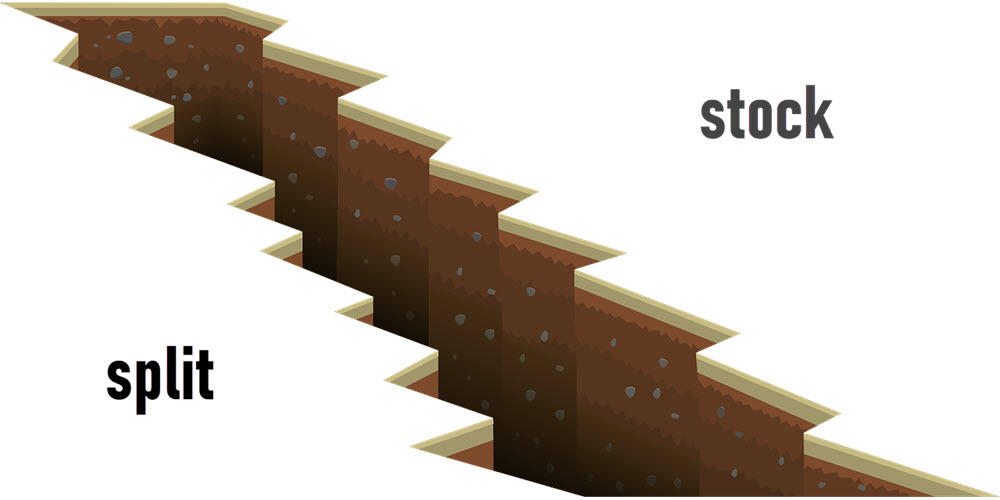

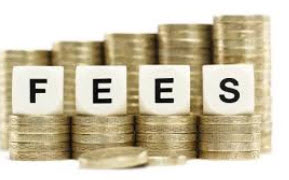 Most people do not understand how important it is to
Most people do not understand how important it is to  Lets look at an example. Broker A charges 0.3% trading fee, $9.99 minimum. You will have to pay more than 0.3% fee if you want to purchase stock for less then 3300. Lets pretend that you save $500 every month that you want to invest in stock. You usually divide this money between two stock. This means that each transaction will be worth $250 and you will have to pay the minimum fee of 9.99. That doesn’t sound too bad does it. Well it is. 9.99 means that you pay a 4% trading fee. You have lost 4% the second you purchased the stock. You are going to need to pay another 9.99 if you want to sell the stock. This means that the stock has to go up by 8% for you to break even. This is insane and make it a lot harder to earn money. The fees might eat up your profit for the entire first year.
Lets look at an example. Broker A charges 0.3% trading fee, $9.99 minimum. You will have to pay more than 0.3% fee if you want to purchase stock for less then 3300. Lets pretend that you save $500 every month that you want to invest in stock. You usually divide this money between two stock. This means that each transaction will be worth $250 and you will have to pay the minimum fee of 9.99. That doesn’t sound too bad does it. Well it is. 9.99 means that you pay a 4% trading fee. You have lost 4% the second you purchased the stock. You are going to need to pay another 9.99 if you want to sell the stock. This means that the stock has to go up by 8% for you to break even. This is insane and make it a lot harder to earn money. The fees might eat up your profit for the entire first year.
 The fact that Musk prefers to borrow the money rather than issue new stock can however also be seen as a signal of strength. Musk might feel certain that he will met production goals and that Tesla will be able to start earning a profit in the coming future. If this is the case than he might choose not dilute the stock because he know he isn’t going to need to.
The fact that Musk prefers to borrow the money rather than issue new stock can however also be seen as a signal of strength. Musk might feel certain that he will met production goals and that Tesla will be able to start earning a profit in the coming future. If this is the case than he might choose not dilute the stock because he know he isn’t going to need to. The large interest for the car is a large opportunity for the company. Musk have said that they can sell as many as they want to. But it also means a large challenge as the company needs to be able to ramp up production from the small production numbers they currently have to more than 10 000 cars a week. If they are able to do this then a lot of nay sayers would be converted and the stock might continue to rise. But Tesla would still be overvalued as they would still be producing and selling less car that other companies with similar valuations such as Ford and GM. This might however not matter as long as Tesla can show that they can continue to grow quickly.
The large interest for the car is a large opportunity for the company. Musk have said that they can sell as many as they want to. But it also means a large challenge as the company needs to be able to ramp up production from the small production numbers they currently have to more than 10 000 cars a week. If they are able to do this then a lot of nay sayers would be converted and the stock might continue to rise. But Tesla would still be overvalued as they would still be producing and selling less car that other companies with similar valuations such as Ford and GM. This might however not matter as long as Tesla can show that they can continue to grow quickly.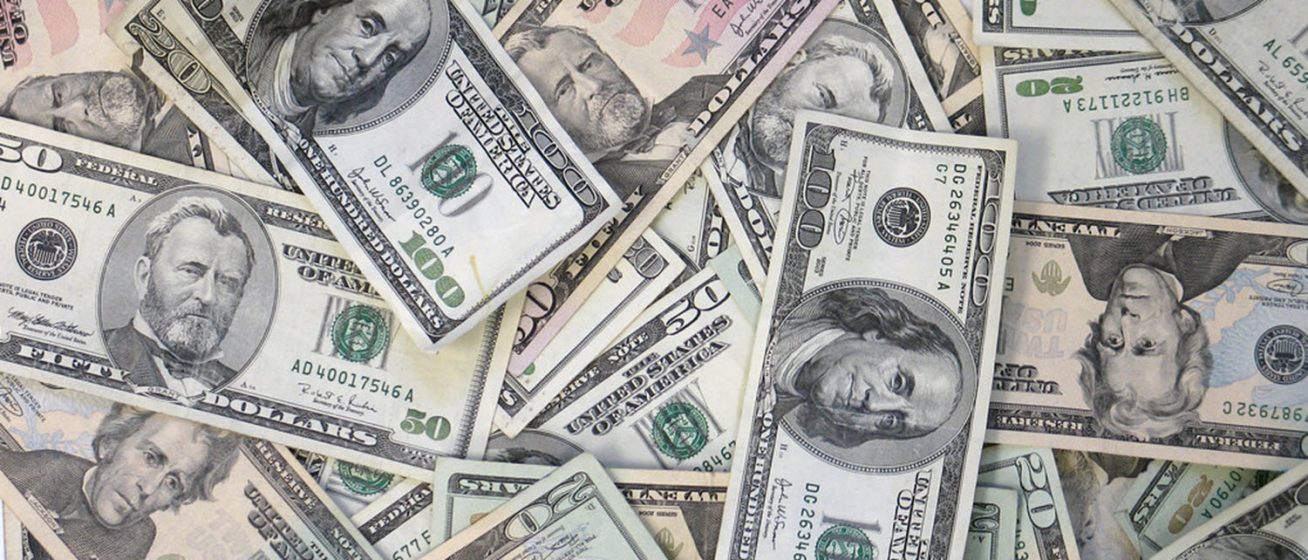
 When I and other investors say that we invest in dividend stock than we are usually referring to companies that have a history of giving the share holders large dividends. Companies that keeps increasing their dividends year after year. Theses stocks are sometimes referred to as dividend kings.
When I and other investors say that we invest in dividend stock than we are usually referring to companies that have a history of giving the share holders large dividends. Companies that keeps increasing their dividends year after year. Theses stocks are sometimes referred to as dividend kings.


 I currently pay $1200 a month for my 2 bedroom apartment in a central location. The apartment building have a community pool and a gym in the basement. It also offer laundry facilities. A similar house in my area would cost about $260 000. The interest rate on a 260 000 mortgage would be $650 a month, $7800 a year. $650 is lower then the $1200 I presently pay. But there are a lot of cost associated with owning a house.
I currently pay $1200 a month for my 2 bedroom apartment in a central location. The apartment building have a community pool and a gym in the basement. It also offer laundry facilities. A similar house in my area would cost about $260 000. The interest rate on a 260 000 mortgage would be $650 a month, $7800 a year. $650 is lower then the $1200 I presently pay. But there are a lot of cost associated with owning a house.
 This was a big mistake. The stock is now trading around $5 and I have lost almost half of my investment. I have considered buying more shares to lower my average purchase price to make it easier to earn my money back. The problem is that I am no longer sure that this company will go back up. After having done more research into the company (which I should have done before I bought the stock) I am starting to think that blue apron is a black whole you lose money into. A company that have their best times behind them and that will die a slow expensive death. This makes me think that it might be best to to take the loss and move on. Although the stock might make a few jumps before it dies and that would be enough for me to get out of it without losing any money.
This was a big mistake. The stock is now trading around $5 and I have lost almost half of my investment. I have considered buying more shares to lower my average purchase price to make it easier to earn my money back. The problem is that I am no longer sure that this company will go back up. After having done more research into the company (which I should have done before I bought the stock) I am starting to think that blue apron is a black whole you lose money into. A company that have their best times behind them and that will die a slow expensive death. This makes me think that it might be best to to take the loss and move on. Although the stock might make a few jumps before it dies and that would be enough for me to get out of it without losing any money.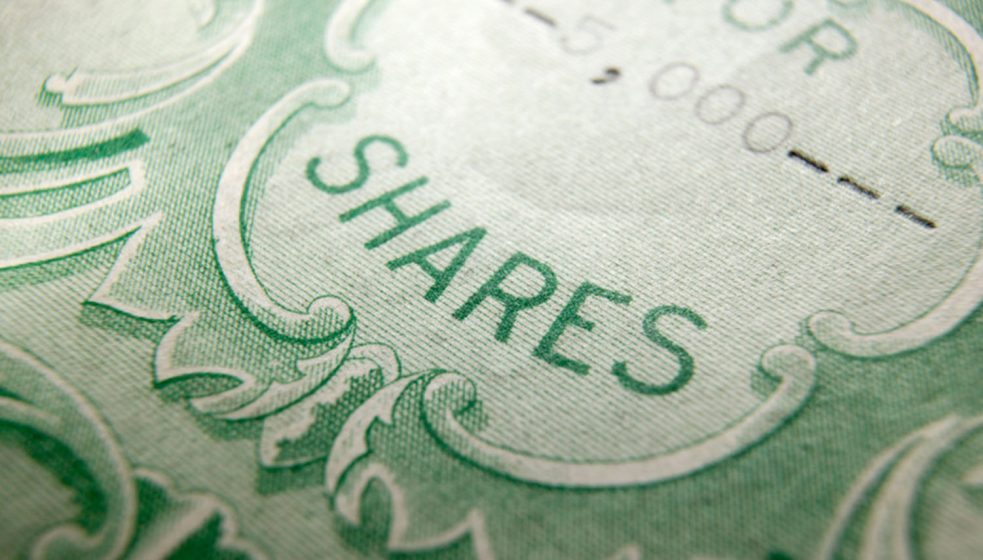
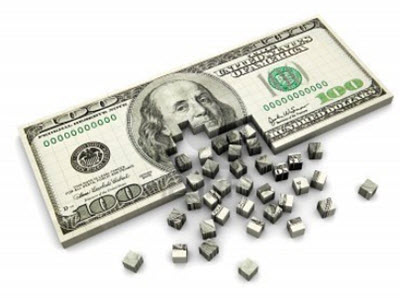

 There is no limit to how much money you can earn when you are trading with CFD certificates. The more the underlying financial instrument appreciates in value the more money you will earn. Lets assume that you have invested USD 1000 in a CFD with x250 leverage.
There is no limit to how much money you can earn when you are trading with CFD certificates. The more the underlying financial instrument appreciates in value the more money you will earn. Lets assume that you have invested USD 1000 in a CFD with x250 leverage.